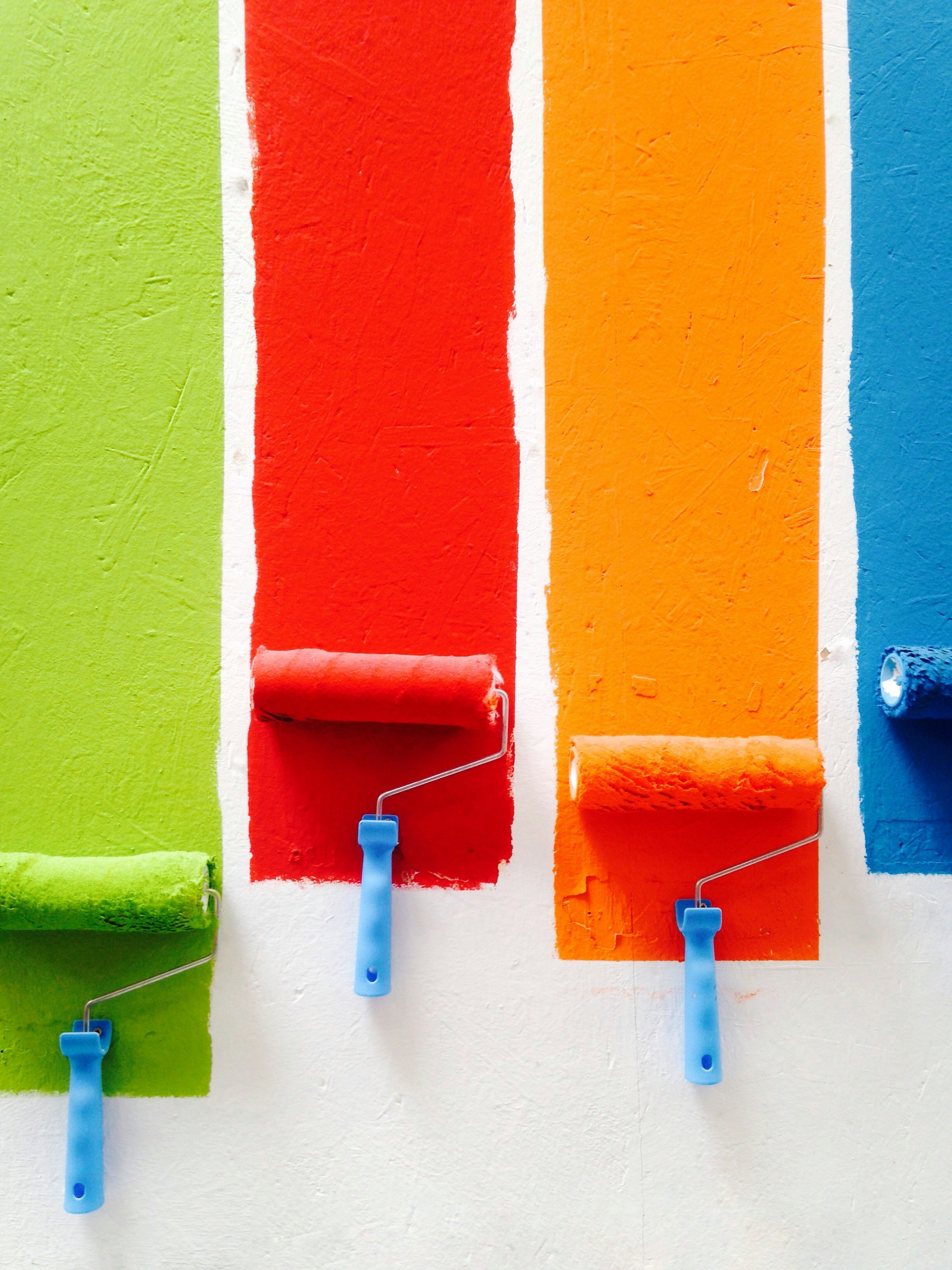Minimalist vs. Maximalist Branding
Oct 12, 2024
In a fast-moving digital world, consistency and scalability are critical. That’s where a design system comes in. A design system is more than just a collection of UI components—it’s a full set of guidelines, assets, and tools that ensure your brand looks and feels the same across all products and platforms. Whether you’re building a website, app, or marketing campaign, a design system helps your team stay aligned and efficient, reducing repetitive work and design drift.
What Is a Design System?
A design system includes reusable components (like buttons, forms, cards), as well as visual standards such as color palettes, typography, iconography, and spacing rules. It also defines interaction patterns, animation rules, and accessibility guidelines. It serves as a single source of truth for designers, developers, and marketers.
Benefits for Growing Brands
As your brand grows, design decisions multiply—and that’s when inconsistency creeps in. With a design system, you create harmony across projects while speeding up the design and development process. Your team doesn’t need to reinvent the wheel every time. This leads to faster production, easier scaling, and a stronger brand identity.
Final Thoughts
A well-built design system is an investment that pays off in time saved, quality improved, and brand trust reinforced. For modern brands looking to scale with clarity and consistency, it’s no longer optional—it’s essential.



